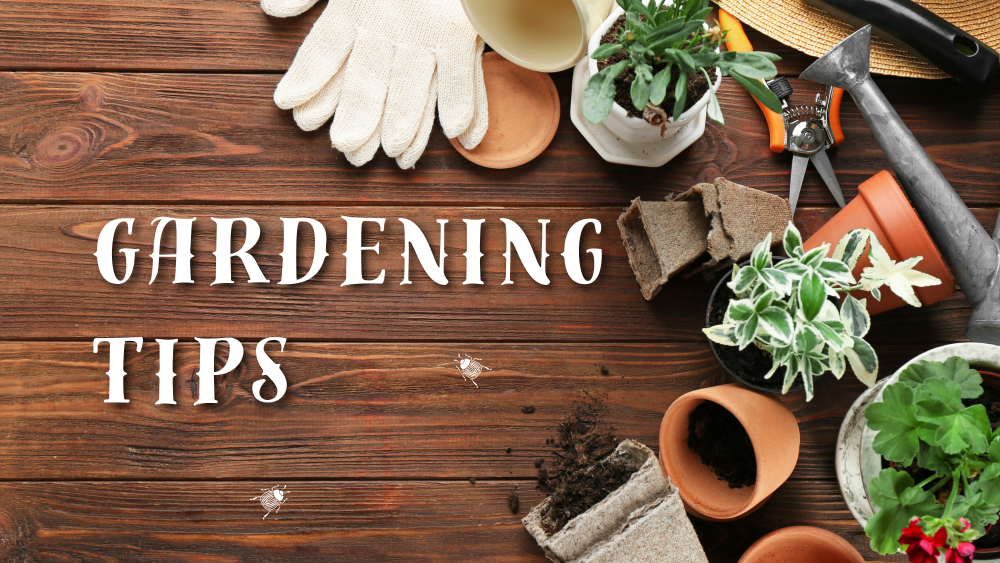As the winter chill begins to wane and the first signs of spring emerge, it’s time to dust off your gardening gloves and get ready to breathe new life into your outdoor spaces. Whether you’re a seasoned gardener or a novice enthusiast, preparing your garden for spring is essential to ensure a bountiful and beautiful growing season ahead. In this guide, we’ll walk you through the steps to transform your garden into a vibrant oasis of color and life.
Clean Up: Start by tidying up your garden beds and removing any debris that has accumulated over the winter months. Clear away fallen leaves, dead foliage, and weeds to create a clean canvas for new growth. Trim back any overgrown branches or shrubs to encourage healthy growth and improve air circulation within the garden.
Soil Preparation: Good soil is the foundation of a successful garden. Take the time to assess the condition of your soil and amend it as needed. Incorporate organic matter such as compost, aged manure, or peat moss to improve soil structure and fertility. Test the pH level of your soil and make any necessary adjustments to ensure optimal growing conditions for your plants.
Pruning and Maintenance: Spring is the ideal time to prune trees, shrubs, and perennials to promote healthy growth and shape. Remove dead or diseased branches, and prune back overgrown areas to encourage bushier, more compact growth. Divide and transplant any overcrowded perennials to give them room to thrive.
Planting: Once the threat of frost has passed, it’s time to start planting! Choose a variety of annuals, perennials, vegetables, and herbs to add color and diversity to your garden. Consider factors such as sunlight exposure, soil moisture, and plant compatibility when selecting your plants. Remember to water newly planted specimens thoroughly and mulch around them to conserve moisture and suppress weeds.
Fertilizing: Give your plants a nutrient boost by fertilizing them with a balanced, slow-release fertilizer. Apply fertilizer according to the specific needs of each plant type, taking care not to over-fertilize, which can cause nutrient imbalances and harm to the plants. Organic fertilizers such as compost tea or fish emulsion are excellent choices for promoting healthy growth without the risk of chemical buildup.
Watering: Proper watering is essential for the health and vitality of your garden. Water your plants deeply and infrequently to encourage deep root growth and drought tolerance. Use a soaker hose or drip irrigation system to deliver water directly to the root zone and minimize evaporation. Water in the early morning or late evening to reduce water loss due to evaporation and minimize the risk of fungal diseases.
Pest and Disease Management: Keep an eye out for signs of pests and diseases in your garden and take proactive measures to address them. Monitor plants regularly for signs of insect damage, fungal infections, or other issues, and take appropriate action to prevent further damage. Consider using organic pest control methods such as companion planting, beneficial insects, and natural predators to manage pest populations without the use of harmful chemicals.
By following these tips, you can ensure that your garden is ready to flourish this spring and provide you with months of beauty and enjoyment. So, roll up your sleeves, dig in the dirt, and let your green thumb guide you to gardening success!
Happy gardening!
#SpringGardening #GreenThumb #GardenPreparation #NYCGardening #UrbanGardening #PlantingSeason #GardenMaintenance #OrganicGardening #HealthySoil #PestManagement
